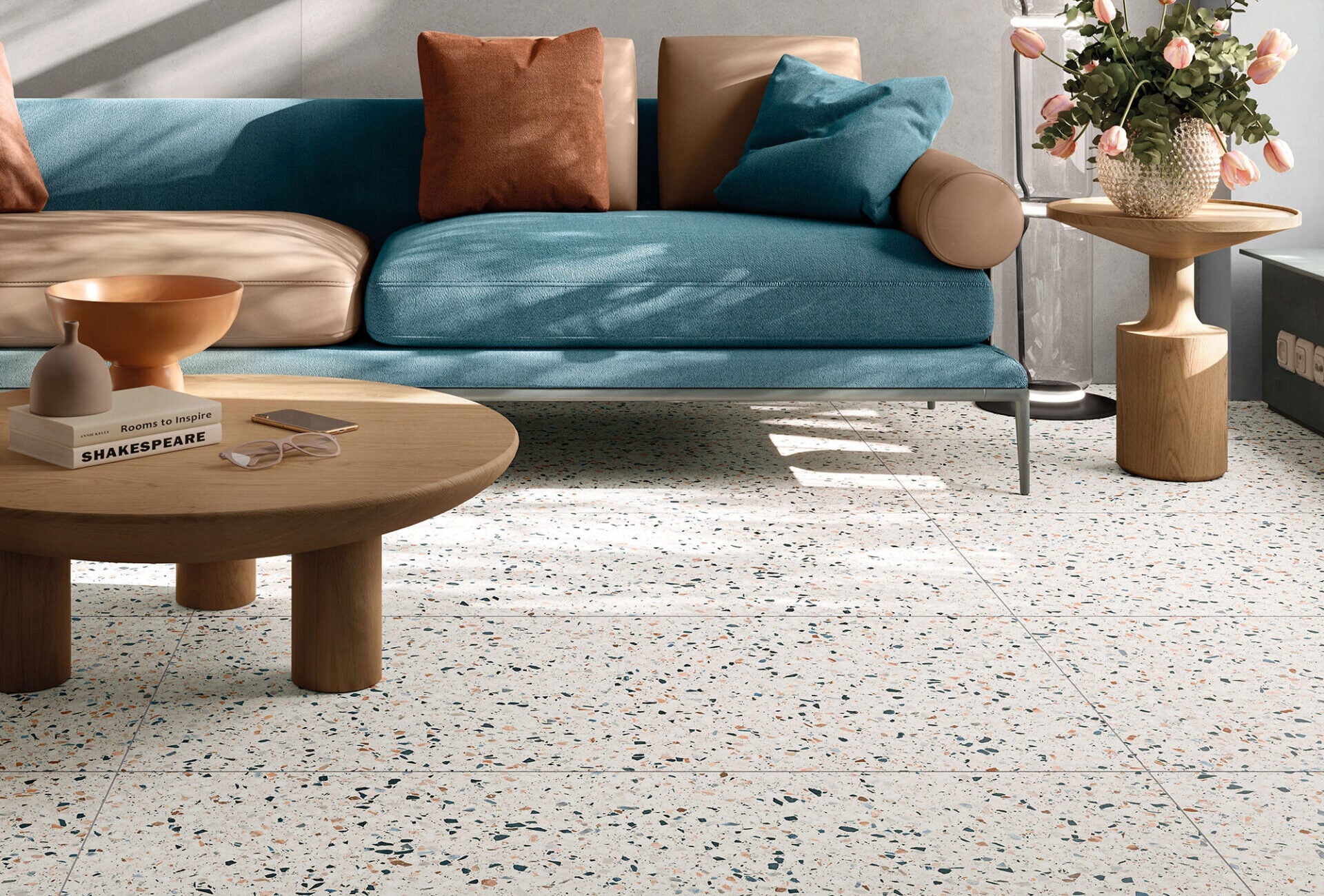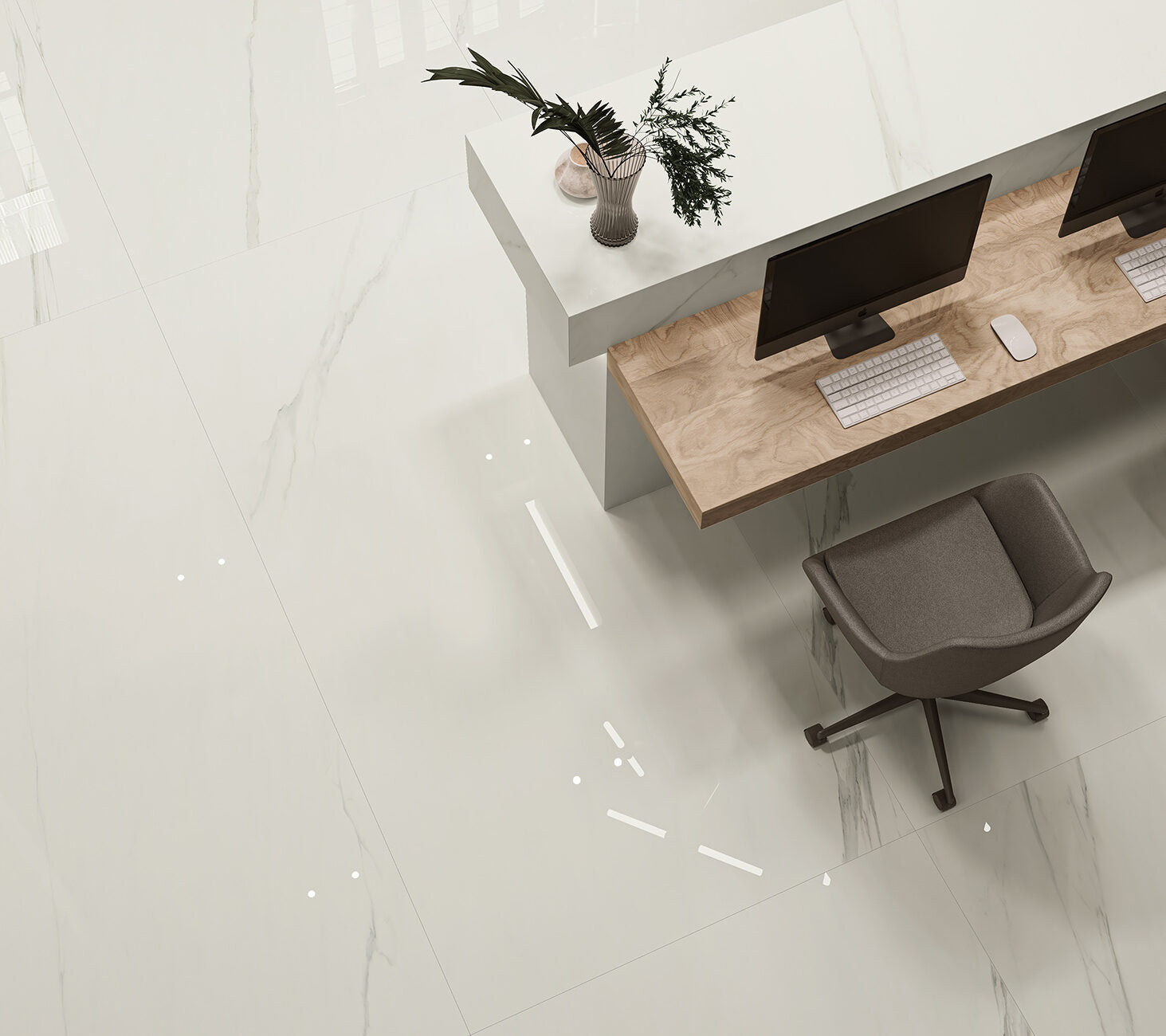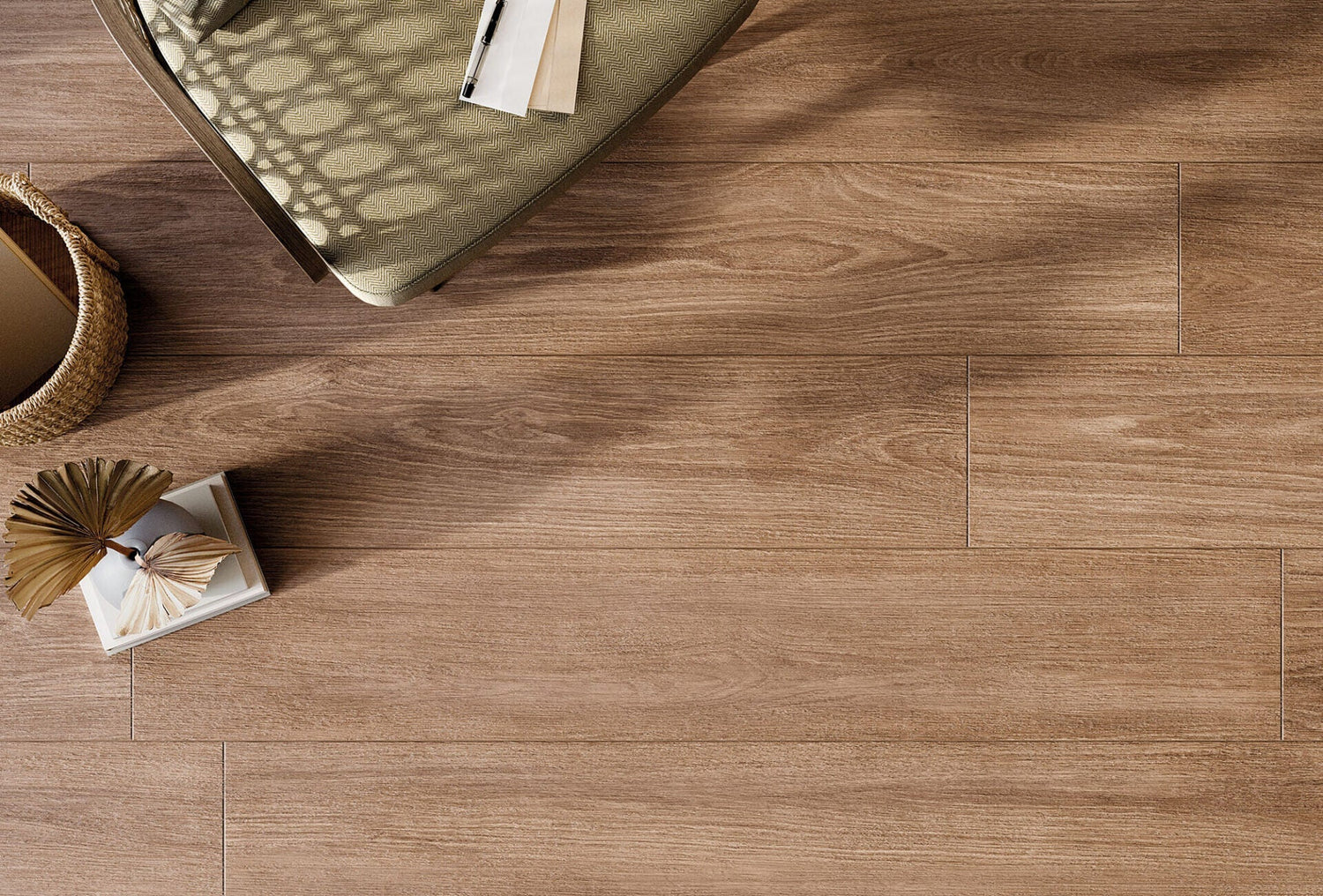Floor tiles are renowned for their practicality, durability, and resilience. Nonetheless, ensuring they are installed correctly is crucial to avoid cracking issues. If you're confronted with cracking floor tiles, you're likely seeking answers on why this is happening and how to rectify the problem. In this informative article, we delve into the root causes of floor tile cracks and provide practical solutions to address these issues.
Understanding the Causes of Floor Tile Cracks:
When unsightly cracks begin to mar your tiled floor, and you haven't dropped heavy objects on them, it's essential to pinpoint the underlying reasons. In most cases, improper installation procedures contribute to tile cracks, but fluctuations in temperature and issues with the substrate beneath the tiles can also be culprits.
Floor tile cracks can vary in severity, from minor hairline cracks to extensive fractures, depending on the level of stress the area endures. Here are the most prevalent causes to investigate:
-
Inadequate Installation: Proper installation is paramount for preserving the integrity of floor tiles. Inadequate or inappropriate adhesion can result in cracks. Ensure that the adhesive is evenly applied to the entire back of the tiles, as gaps can create weak points that increase the risk of cracking. It's crucial that the adhesive possesses the necessary flexibility to accommodate the minor movements between tiles and the underlying substrate. Avoid using cement mixes and grouts as adhesives. Additionally, employing a flexible membrane can mitigate the occurrence of tile fractures.
-
Excessive Weight: Although tiled floors are highly durable, the placement of heavy objects can lead to cracks. This is particularly common when ceramic wall tiles are used in floor applications not suited for supporting items like refrigerators, dishwashers, and washing machines.
-
Uneven or Cracked Substrate: An uneven or cracked substrate beneath the tiles will eventually translate into cracks on the surface. To counter this, it's essential to utilize a flexible membrane or a stretchable screed to level the substrate. These materials can also absorb the small movements inherent in the wood or concrete beneath, which naturally expand and contract with temperature fluctuations.
-
Drastic Temperature Changes: While minor temperature fluctuations typically won't harm your tiles, extreme temperature variations can. Choosing the right tiles, such as frost-proof outdoor tiles for exterior installations, is imperative.
-
Tiles Over Control Joints: In large concrete floors, control joints are designed to allow for expansion and contraction. Installing tiles directly over these joints without a membrane can lead to cracks.
-
Low-Quality Tiles: Selecting appropriate tiles for specific applications and inspecting their quality before installation is paramount, as previously mentioned.
How to Address Tile Cracks:
Tiles are engineered to withstand various forms of stress and impact. However, over time, they can develop cracks when subjected to sustained pressure. Ceramic and porcelain tiles have limited flexibility within the substrate, making them prone to cracking if precautions are not taken.
In most cases, you can repair cracks without replacing the entire floor covering. For hairline cracks, prompt action is vital to prevent further damage. To address small cracks, follow these steps:
-
Clean the affected area with a tile cleaning solution.
-
Once dry, fill the crack with a clear epoxy and level it with the surrounding tile.
-
Apply paint that matches the tile color to create a seamless finish.
For larger cracks or shattered tiles, the following steps are recommended:
-
Carefully remove the damaged tile, ensuring adjacent tiles are not damaged during the removal process.
-
Lay an old towel over the cracked tile and use a hammer to break it in the center to minimize stress on the floor.
-
Remove the remaining pieces and adhesive using a chisel.
-
Apply adhesive to the replacement tile and position it in line with the existing tiles.
-
Once the adhesive is dry, grout around the tile for a polished finish.
By addressing these issues and applying the recommended solutions, you can preserve the beauty and functionality of your tiled floors.





